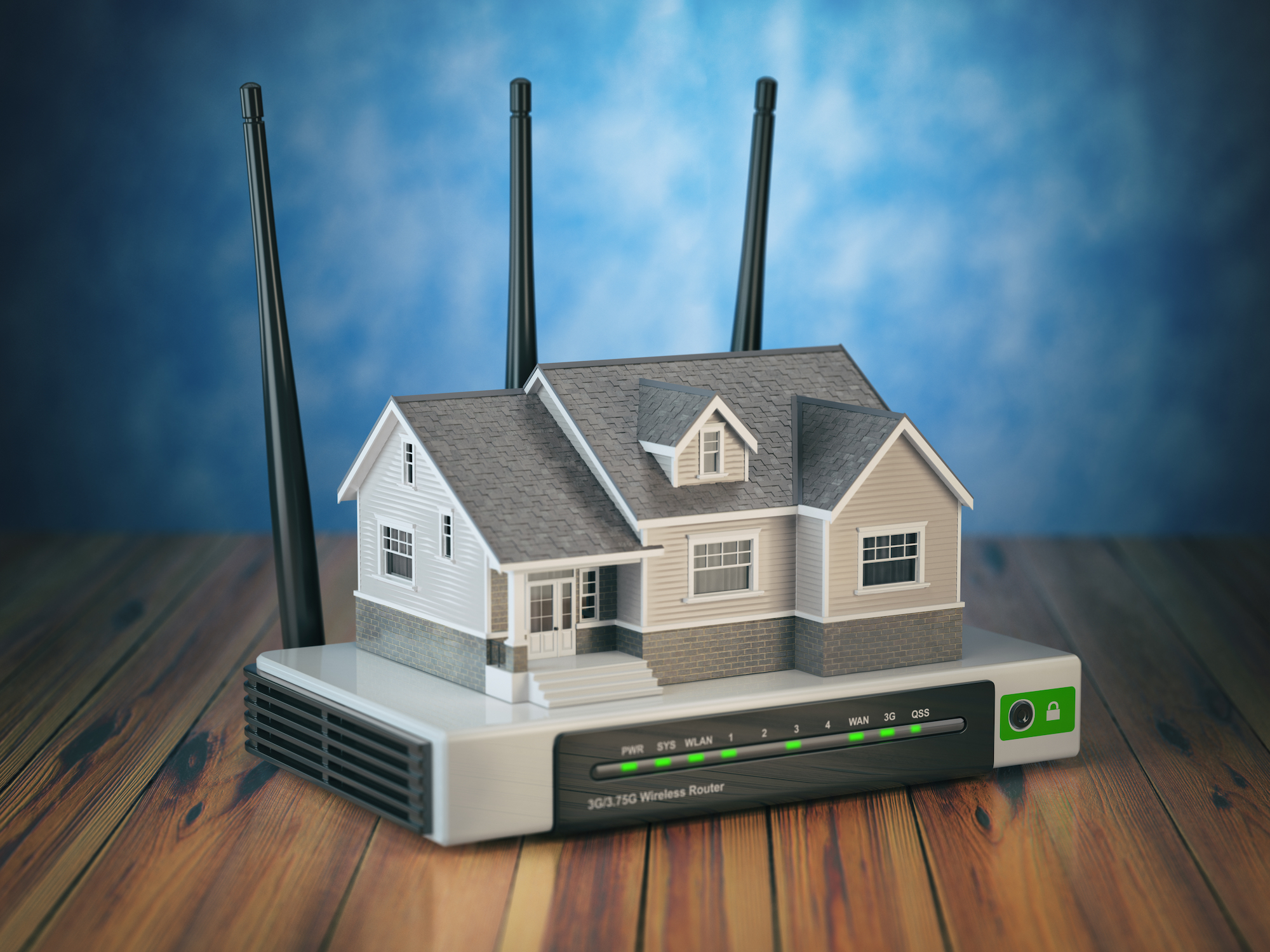When working from home or from any place away from a DA Campus you may have trouble joining a Microsoft Teams call, sending an email, or downloading an assignment. When these problems happen off-campus, sometimes it is very hard for the DAOIT Team to determine the problem. We have seen several cases of the home network causing the problems, and have listed some information and troubleshooting steps below to assist DA families.
Home internet systems can be connected to the outside world with a wired or wireless connection. With a wired connection, the signal comes to the home via cable. A wireless connection uses RF waves to get a signal to the home. Generally the system looks like this.
outside world -> modem -> gateway/router -> Ethernet/WiFi -> laptop/iPad
If any of these are having an issue the entire network may not work. Generally we troubleshoot by working backwards from your computer/iPad to the connection to the home, testing each component along the way. Some homes use a device that combines modem and router, so you may only have one.
The following steps can be used to diagnose the issue:
Always test with more than one laptop/iPad if available to make sure the issue isn’t with the laptop/iPad. If one device works, but another does not, the home network may not necessarily be at fault.
- If using WiFi, try connecting the device directly to the router using an Ethernet cable. If the direct connection works, the issue is probably related to the WiFi.
- Unplug the router from the power source for at least one minute and plug back in. Wait for the router to boot up, this can take several minutes. Check the status lights on the router, typically green/blue lights are good and red/orange lights are bad. There should be lights that indicate connection to your computer/iPad and different lights that represent a connection to the internet. If the internet connection light indicates bad, or if you are still unable to connect with laptop/iPad, move to the next connected device which may be a modem.
- Unplug the modem from the power source for at least one minute and plug back in. Wait for the modem to boot up, this can take several minutes. Check the status lights on the modem, typically green/blue lights are good and red/orange lights are bad. If you are unable to connect to the internet at this step, the problem may be your home internet connection and should be addressed by your internet service provider.
The following tips are a few things we recommend if you are having trouble with your home WiFi
- Location of router: Avoid appliances (stoves, microwave ovens, dishwashers, washing machines, tumble dryers, televisions, cordless phones, radiant heaters, fluorescent light bulbs, and circuit breakers), large metal objects, or metal in walls (metal studs, lathe). These materials near the WiFi antenna can disrupt the WiFi signal. WiFi signals travel in all directions but have a limited range. Avoid placing the router on the floor or too far away from where the signal is needed, especially in a multi-story home. Moving closer to the router/WiFi antenna will improve the WiFi connection, but may not impact the speed of the internet connection.
- Turn off WiFi: Turn off WiFi on the laptop/iPad and then back on. Try to rejoin the WiFi network.
- Delete saved WiFi network: If you have your home WiFi network login info saved, delete the saved info and then reenter it manually when prompted to rejoin the network.
- Reboot the router: Unplug the router from the power source for about one minute, then re-plug the router and make sure it reboots completely and the status lights all indicate a good working state.
- Reboot the laptop/iPad: Reboot or Shutdown the device and then power back on. Sometimes this just fixes things.
- Compare wired vs. WiFi: Try connecting your device directly to the router using an Ethernet cable. If you still cannot reach the internet, the problem is not necessarily the WiFi, but may be your home network/internet connection.

